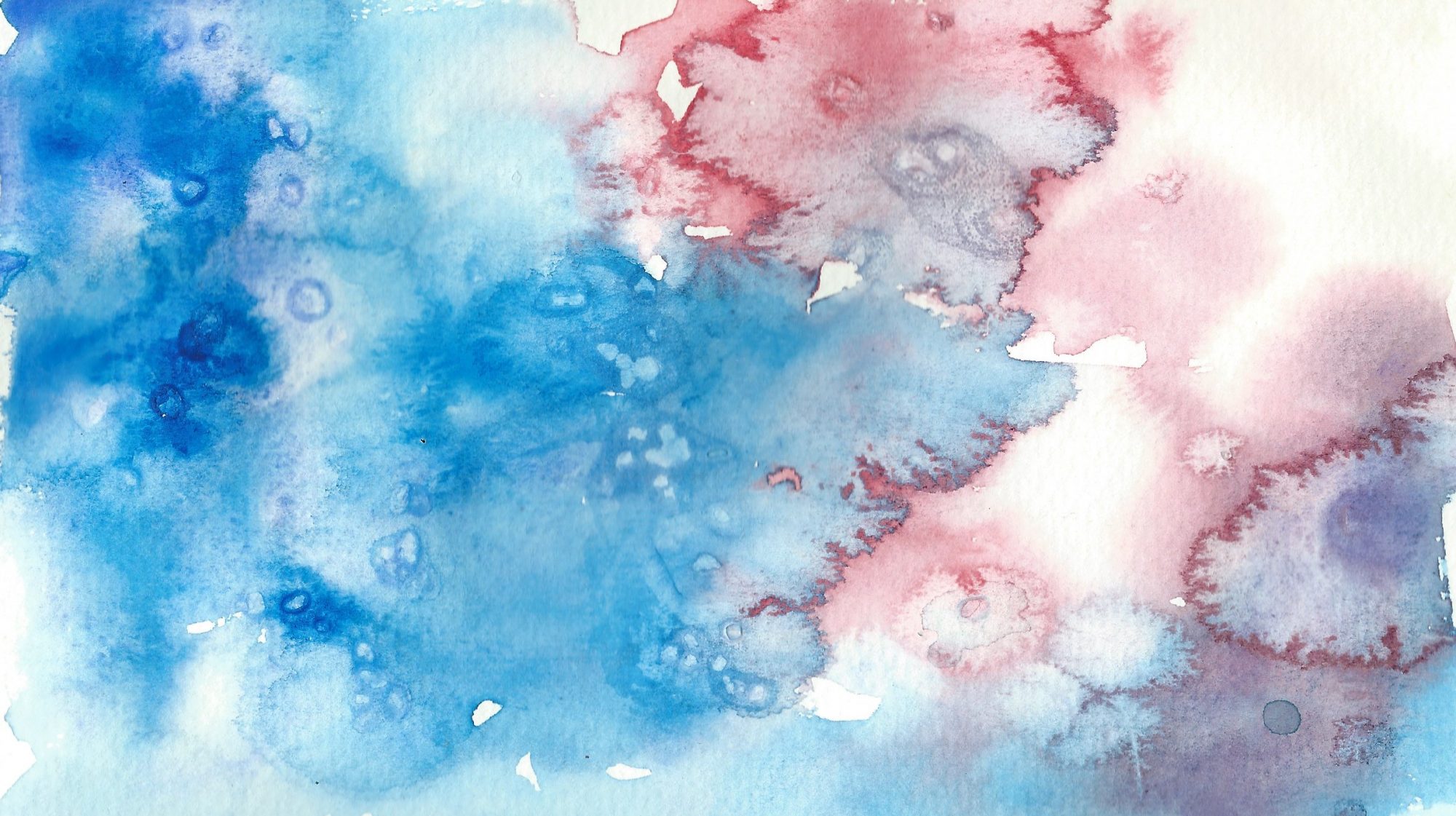Last year I had the opportunity of taking a closer look at the unbelievable collection of the Kunstkammer Wien, part of the Kunsthistorisches Museum in Vienna. The Kunstkammer contains art works from mainly the renaissance and baroque periods, collected by Habsburg rulers such as Ferdinand II of Tirol and emperor Leopold I.
This item from the Kunstkammer collection drew my special attention. It is an aquamanile, which in general is a vessel in the form of an animal, containing water to be used for washing hands before a meal. The term aquamanile is in fact from late 19th-century origin, meaning ewer*. Back in those days they called this kind of jug to pour water a lavabo (‘I shall wash’). Continue reading “Aquamanile”

